We were lucky to catch up with Nathaniel Regier recently and have shared our conversation below.
Hi Nathaniel, thanks for joining us today. Can you talk to us about a project that’s meant a lot to you?
Over a year ago, I had the opportunity to work on the “Change Your Mind” campaign for MUD\WTR, directed by Chris Keener and Erin Glass. This project stands out not just for its perfect alignment of budget, creative vision, and commercial aims, but also for the sheer joy it brought. At its core was a technically demanding four-minute, one-take shot that journeyed through five distinct environments, each reflecting different times of day and mental states.
Our preparation was extensive, with Set.a.Light 3D proving invaluable during pre-production for visualizing every detail—from the physical dimensions of the set to the camera’s focal lengths and even the heights of set walls. This allowed us to address potential challenges in a virtual space, which was crucial for the complex choreography and camera work we envisioned. The production days were deeply collaborative, enhanced by my wonderful crew like Arri Trinity operator Brian Sergott and gaffer Albert Gonzales, alongside his team at CAM Lighting and Grip.
Lighting each scene was a delicate balance, aiming for a natural and cinematic look, as Chris had envisioned. We employed overhead ambient softboxes to mimic natural light, supplemented by Creamsource Vortex’s with softboxes for directional fill, and subtle backlights from Litemat 2L’s or 4’s to add depth. Albert managed these elements in real-time from an iPad, enabling us to adjust the lighting to the narrative’s evolving needs dynamically.
This project reminded me that there is no greater joy than executing a wonderful idea with people you love working with and having the final product be received so warmly. Being named a finalist at last year’s ADC Awards was a fantastic recognition of our team’s effort and creativity. Moreover, the response from viewers, especially on YouTube, where many expressed how the film made them reconsider their own caffeine intake, was profoundly affirming. This feedback underscores the impact our work can have—not just to entertain but to inspire change and provoke thoughtful reflection. This is the essence of why I am passionate about cinematography: creating work that resonates, drives dialogue, and makes a meaningful difference.
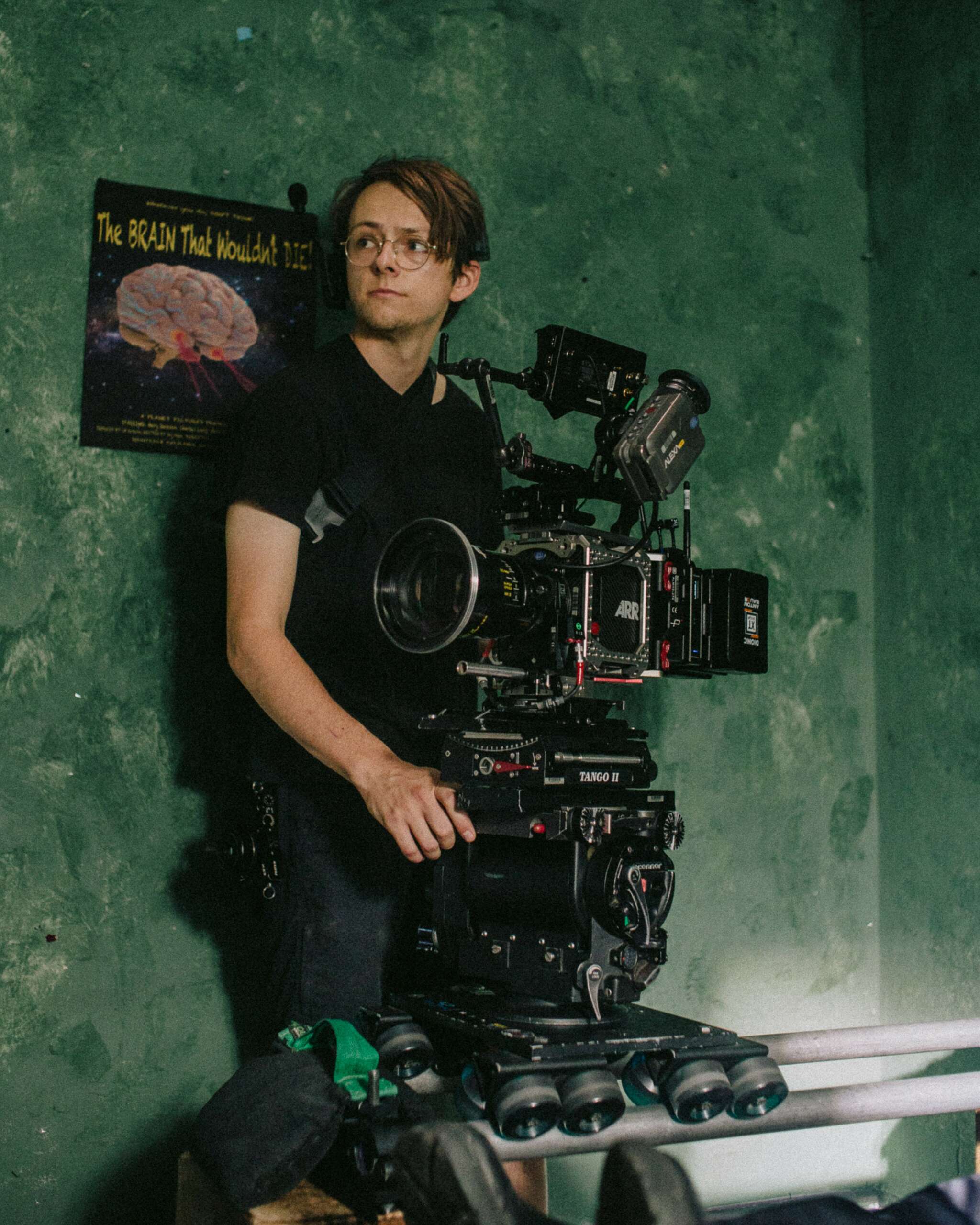
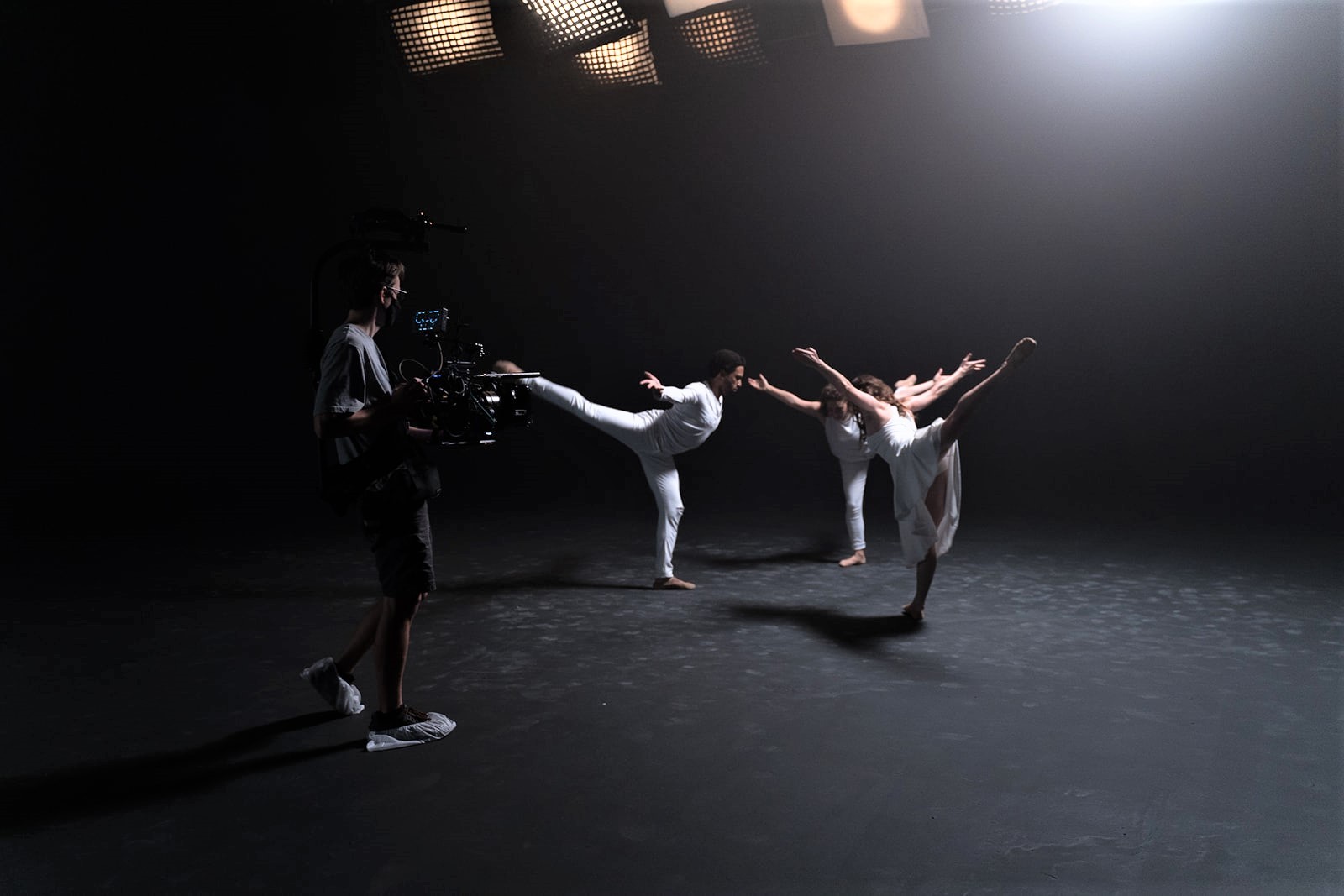

As always, we appreciate you sharing your insights and we’ve got a few more questions for you, but before we get to all of that can you take a minute to introduce yourself and give our readers some of your back background and context?
My path to cinematography wasn’t straightforward. Initially drawn to video games and YouTube creators like “freddiew” and “Corridor Digital,” I learned to appreciate the art of filmmaking through making silly short videos with my brother and friends. This hobby became a passion when I started experimenting with my father’s Canon T2i during high school, spending nights absorbed in tutorials and short films.
It wasn’t until I started school at Santa Fe University of Art and Design, that I shifted my focus to cinematography. I was directing my first short film within the first couple weeks of getting on campus, and it was the first time I had worked with any sort of “real” crew (if you could even call us that), but I had also hired a DP. When we started shooting, the DP would not let me touch the camera. Throughout that day I found that I kept gravitating towards the visual side of directing. That experience helped me realize that I didn’t care as much for writing or directing as much as controlling the visual aspect of film. This realization was cemented while watching “Short Term 12,” a film whose visuals completely transported me into its narrative, showing me the profound impact a cinematographer could have on a story.
Over the years, I’ve been fortunate to work on over 30 narrative projects, including films like “The Grief Counselor” and “The Exhibit.” I’ve also collaborated with prominent brands such as MUD\WTR, Nike, Conde Nast, and Cox Communications, crafting commercials that strive to resonate emotionally and visually with their audiences. My work has been recognized at festivals like Hollyshorts and Fantastic Fest and has been featured on platforms like Short of the Week, Vimeo Staff Pick, and AdAge.
I’m most proud of my work when it reflects a deep commitment to the story that it’s telling without drawing attention to itself. My job is the ability to get into a director’s head, see the story from their perspective, and use that as a launching point for the rest of my work. I’m not there to serve my vision as much as I am there to enhance and fulfill that of the directors. The films I cherish are the ones that leave me with more questions than answers. I think it’s way more important for our art to be the launching point of discussion and discourse than the final definitive judgement on anyone’s issue or perspective.
At this moment I’m focused on expanding my network of creative professionals, both in narrative and commercial filmmaking, to build lasting partnerships and create work that has a significant impact. I look forward to collaborating with directors who not only have a strong artistic vision but also share a commitment to telling meaningful stories.


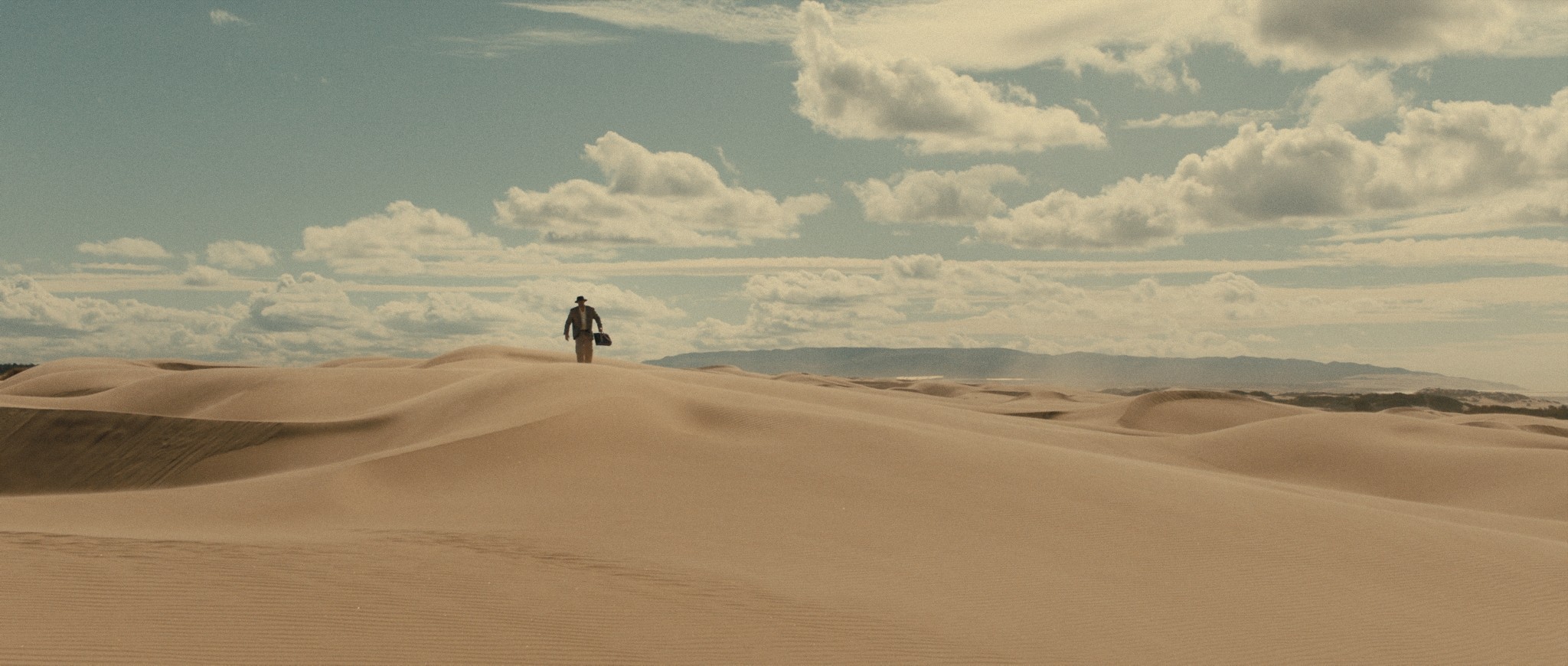
In your view, what can society to do to best support artists, creatives and a thriving creative ecosystem?
In our rapidly evolving film industry, creatives face a future filled with both challenges and uncertainties, particularly with the advent of AI in image generation. While AI might not fully replace human artists, it’s poised to reshape the demand for traditional artistry. As viewers, we wield significant influence through our choices. By opting to watch films in theaters and financially supporting projects that showcase unique, personal visions, we play a critical role. Investing your time and money in these films, participating in discussions about them, and sharing them with others helps sustain artists and encourages a rich, diverse creative ecosystem. Your engagement goes a long way in supporting the arts, fostering a community where unique perspectives thrive.
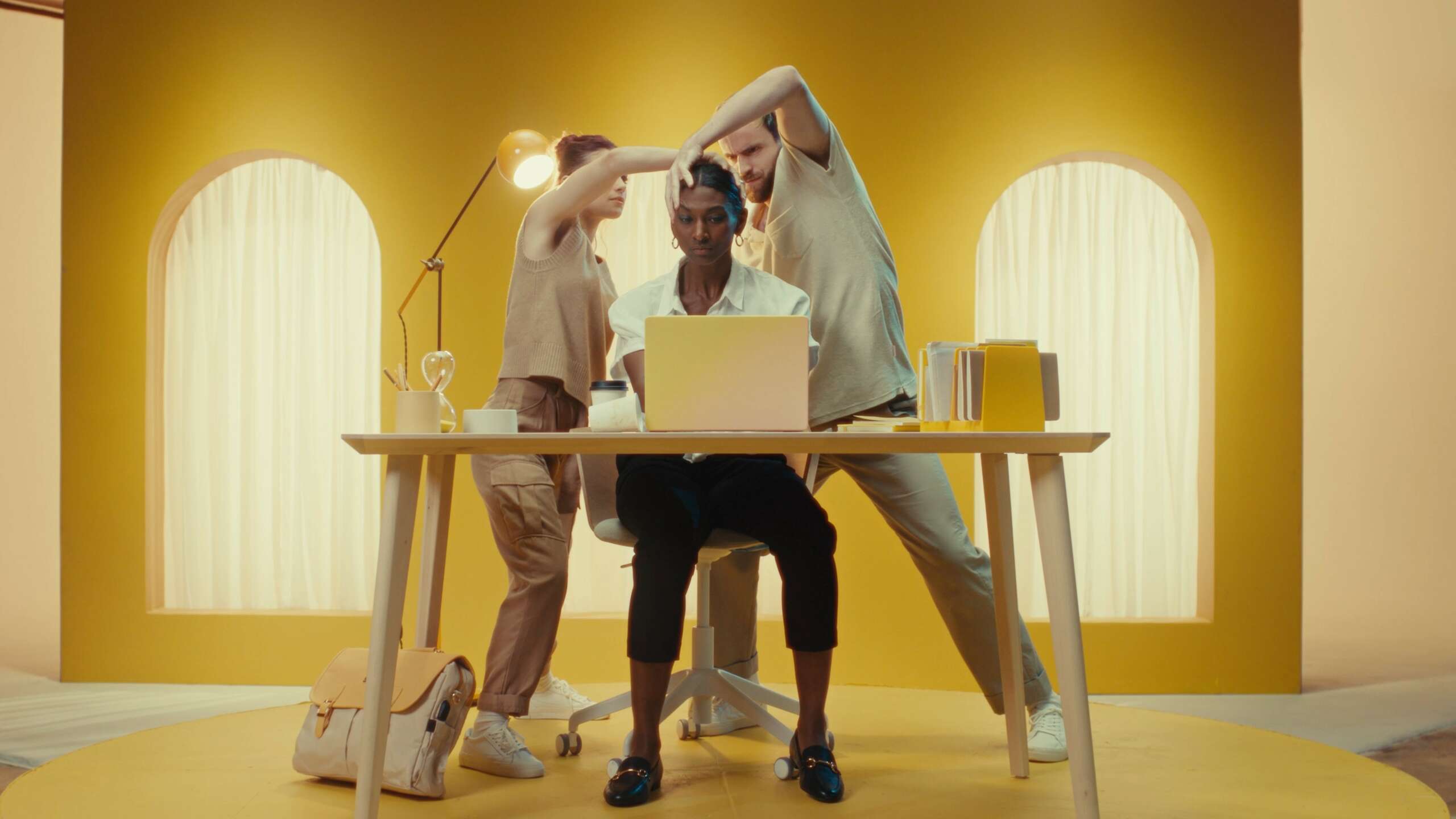
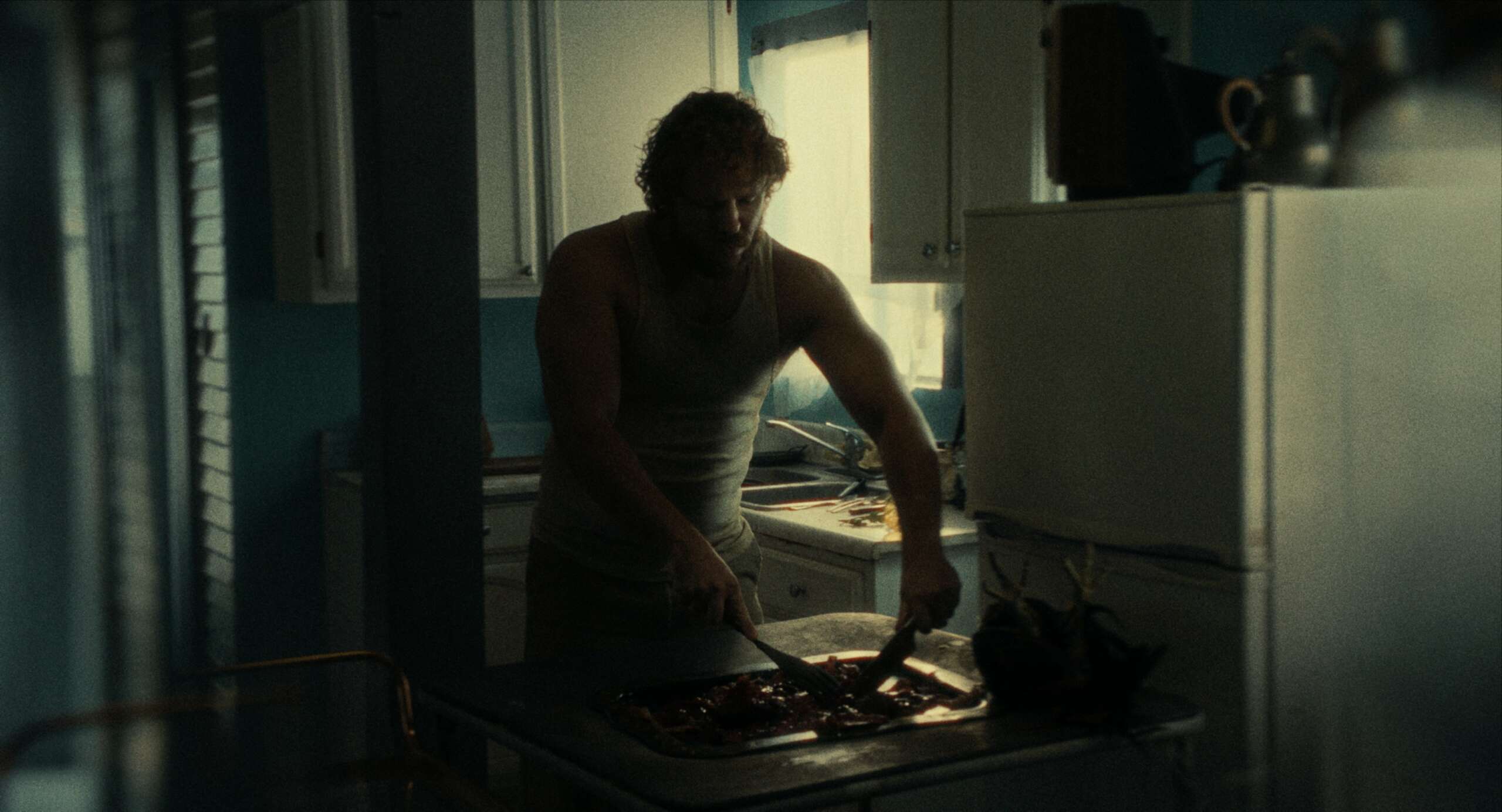
For you, what’s the most rewarding aspect of being a creative?
For me, the most rewarding part of being a creative is seeing a vision come to life, from the first idea to the final product. It’s exciting because the process isn’t just about sticking to the original plan—it often changes and grows through working with others, and that can make the end result even better. The best part, though, is watching how people react to it. There’s nothing more satisfying than seeing an audience emotionally connect with what we’ve made, sparking their curiosity and getting them to think and talk about their own experiences. That moment of connection is what it’s all about.
Contact Info:
- Website: www.nathanielregier.com
- Instagram: www.instagram.com/nathanielregier
- Other: IMDb: https://www.imdb.com/name/nm6161678/?ref_=ext_shr_lnk


